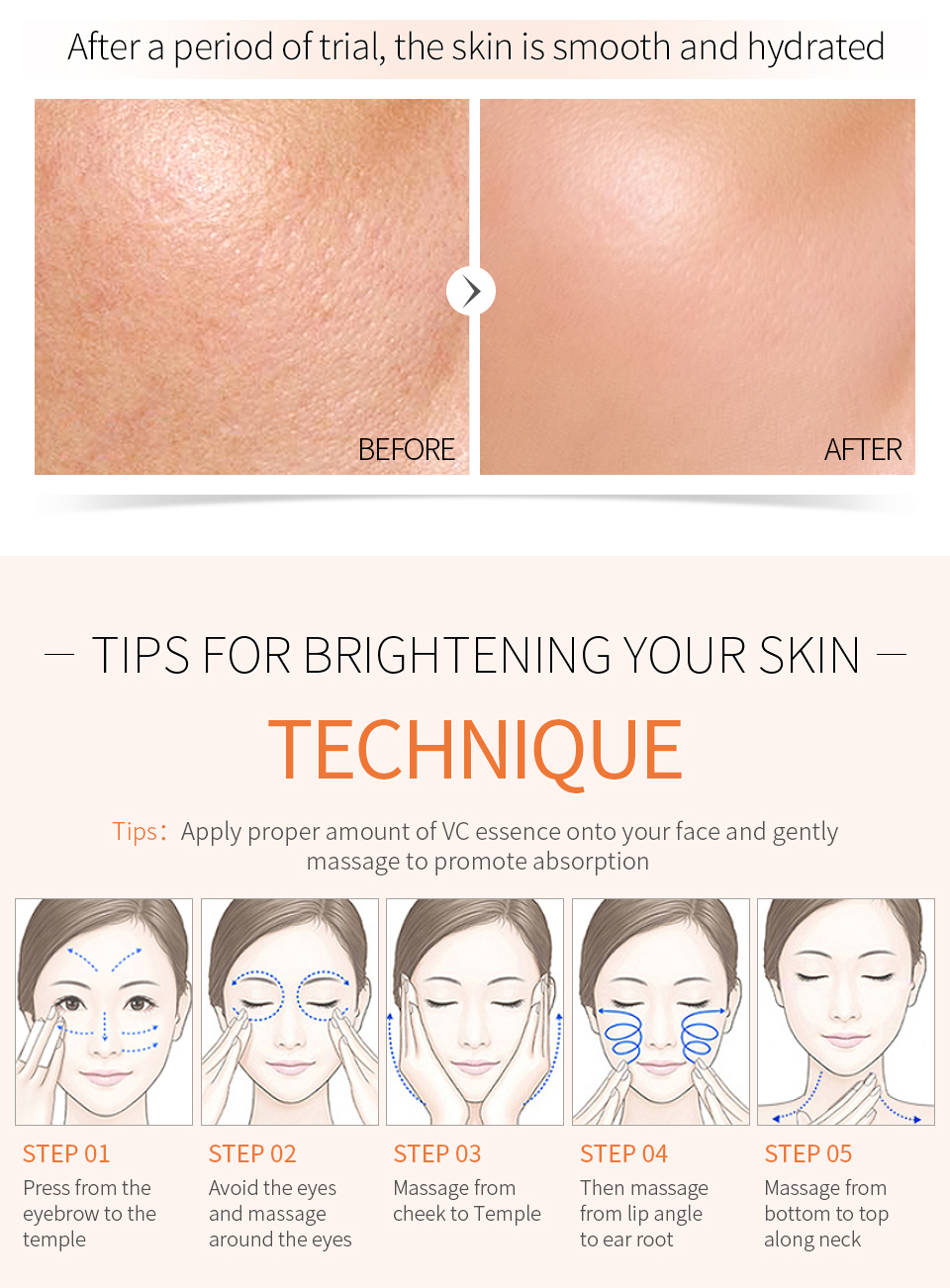Which Skin Color Is Most Attractive: A Comprehensive Analysis
Guide or Summary:Skin Color Trends in Popular MediaPsychological Factors Influencing Skin Color PerceptionHealth and Beauty Benefits of Different Skin Tones……
Guide or Summary:
- Skin Color Trends in Popular Media
- Psychological Factors Influencing Skin Color Perception
- Health and Beauty Benefits of Different Skin Tones
In the realm of beauty, the question of which skin color is most attractive has been a topic of debate for centuries. The concept of attractiveness is subjective and varies widely across cultures and individuals. However, when it comes to the global market, certain skin tones have garnered more attention and preference, leading to a fascinating analysis of beauty standards and societal preferences.
The term "attractive" is inherently subjective, as it encompasses a myriad of factors beyond mere physical appearance. Cultural norms, personal experiences, and societal standards all play a significant role in determining what is considered attractive. Nevertheless, when examining the global market and popular media, certain skin tones have consistently been highlighted as more desirable.

Skin Color Trends in Popular Media
In the realm of popular media, there has been a noticeable trend towards promoting fair skin tones. This trend is evident in the portrayal of characters in films, television shows, and advertisements. Fair skin has often been associated with beauty, grace, and sophistication. This portrayal has perpetuated the notion that lighter skin tones are more desirable, influencing societal perceptions and beauty standards.
However, it is essential to acknowledge that this trend is not universally accepted. In many cultures, darker skin tones are celebrated and regarded as beautiful. For instance, in African and South Asian communities, darker skin tones are often associated with health, vitality, and natural beauty. These societies have their own set of beauty standards and ideals, which prioritize darker skin tones over fairer ones.
Psychological Factors Influencing Skin Color Perception
The perception of skin color is also influenced by psychological factors. Studies have shown that individuals tend to prefer skin tones that are similar to their own. This phenomenon, known as the "in-group bias," leads to a preference for skin tones that align with one's cultural or ethnic background. This bias is ingrained in our subconscious and plays a significant role in shaping our perceptions of attractiveness.

Moreover, societal norms and cultural expectations also influence our perception of skin color. Growing up in a society that values fair skin tones can lead to internalized beliefs that lighter skin is more attractive. This internalization can affect self-esteem and body image, leading to feelings of inadequacy or low self-worth in individuals with darker skin tones.
Health and Beauty Benefits of Different Skin Tones
While the perception of skin color is subjective, it is worth exploring the health and beauty benefits associated with different skin tones. Research suggests that darker skin tones offer certain health benefits, such as a higher melanin content, which provides natural protection against UV damage and skin cancer. This protective mechanism is particularly beneficial in regions with intense sunlight exposure.
In terms of beauty, fair skin tones have often been associated with a youthful and radiant appearance. This perception is partly due to the higher melanin content in darker skin tones, which can lead to a more even and uniform skin tone. However, it is important to note that beauty is not solely defined by skin color. Factors such as facial features, body shape, and overall health also play a crucial role in determining attractiveness.

In conclusion, the question of which skin color is most attractive is a complex and multifaceted issue influenced by cultural norms, societal expectations, and psychological factors. While certain skin tones have garnered more attention and preference in popular media, it is crucial to recognize that beauty standards are subjective and vary widely across cultures and individuals. Ultimately, true beauty lies in embracing diversity and celebrating the unique qualities of all skin tones. By challenging and questioning societal beauty standards, we can foster a more inclusive and accepting approach to beauty and self-esteem.